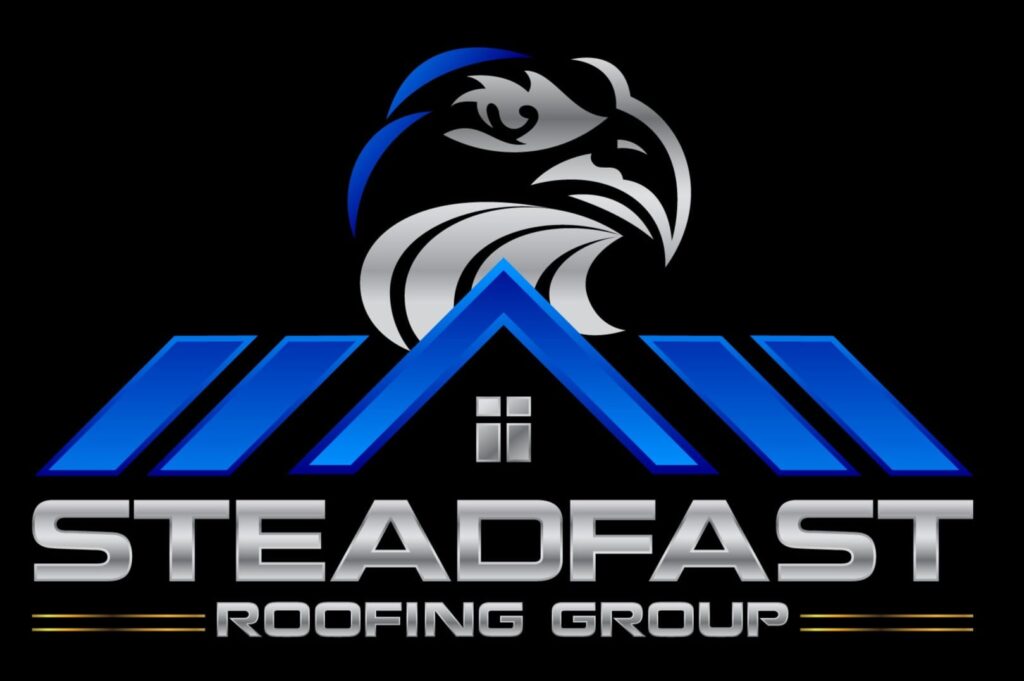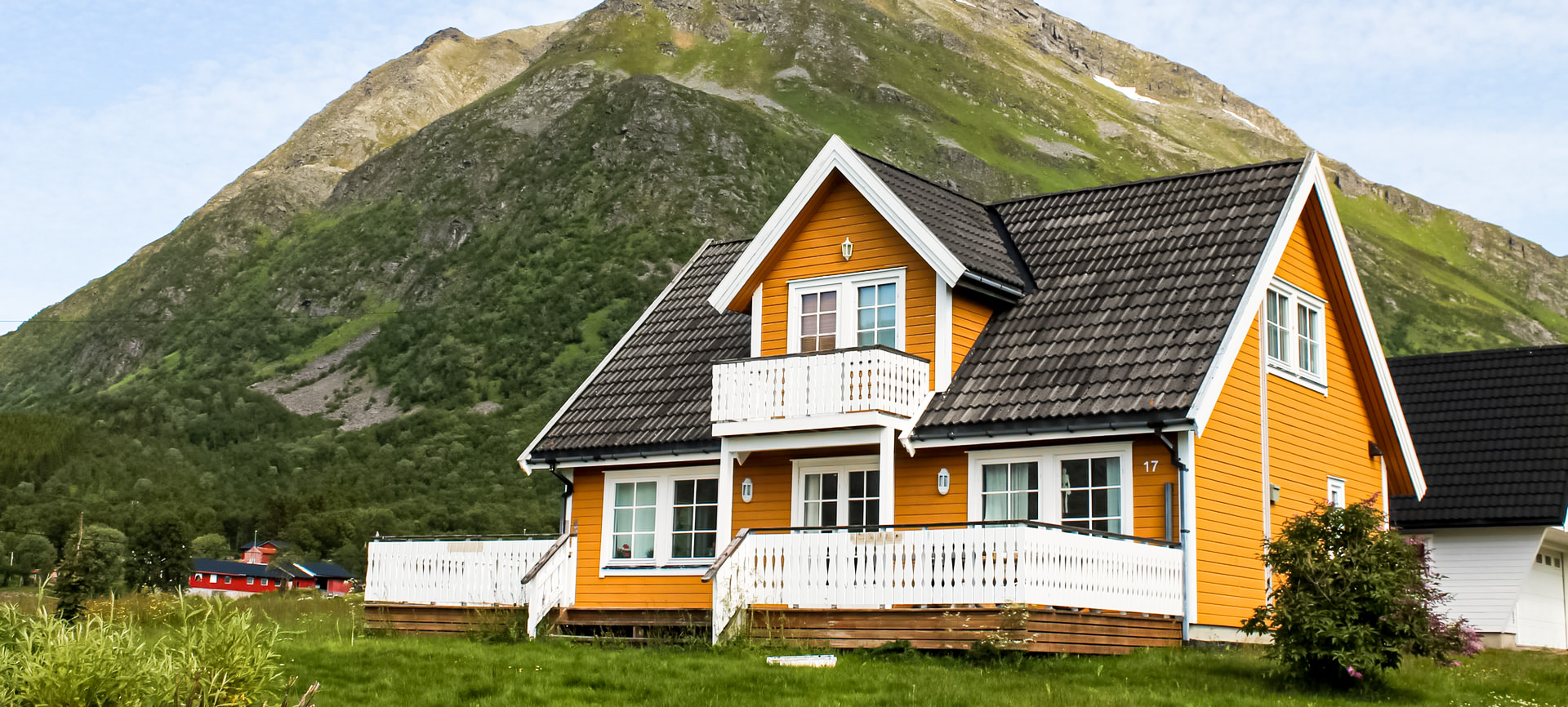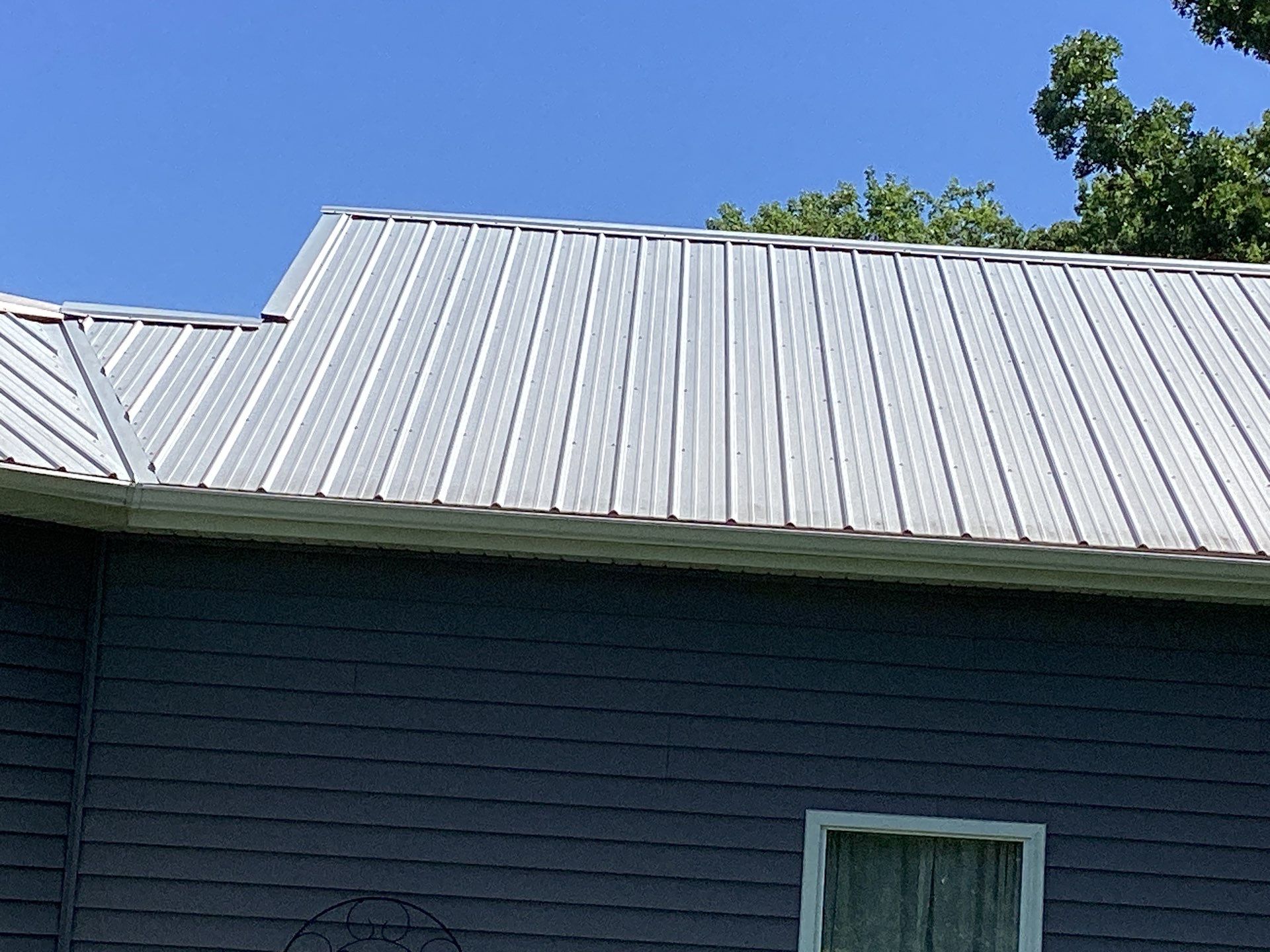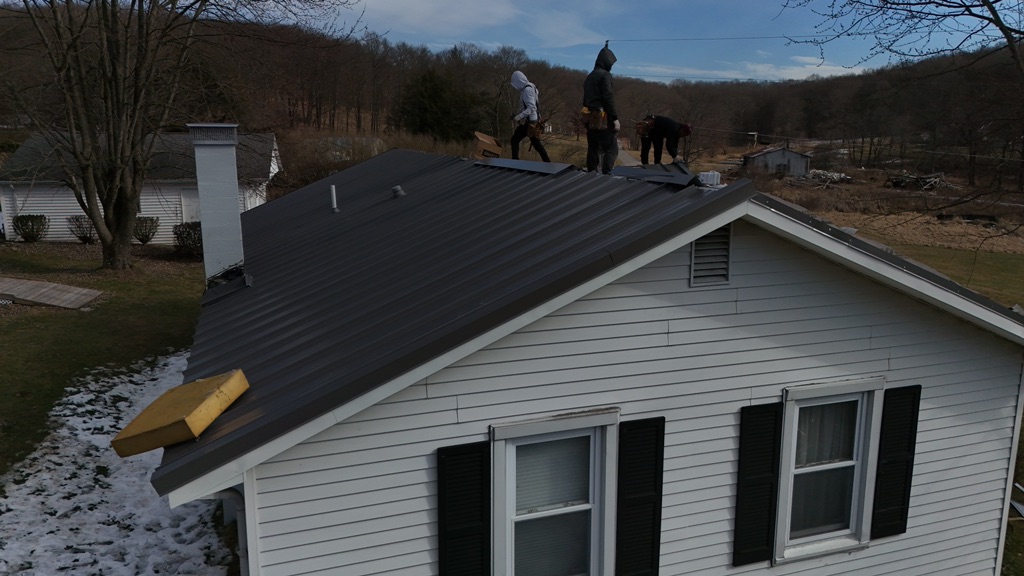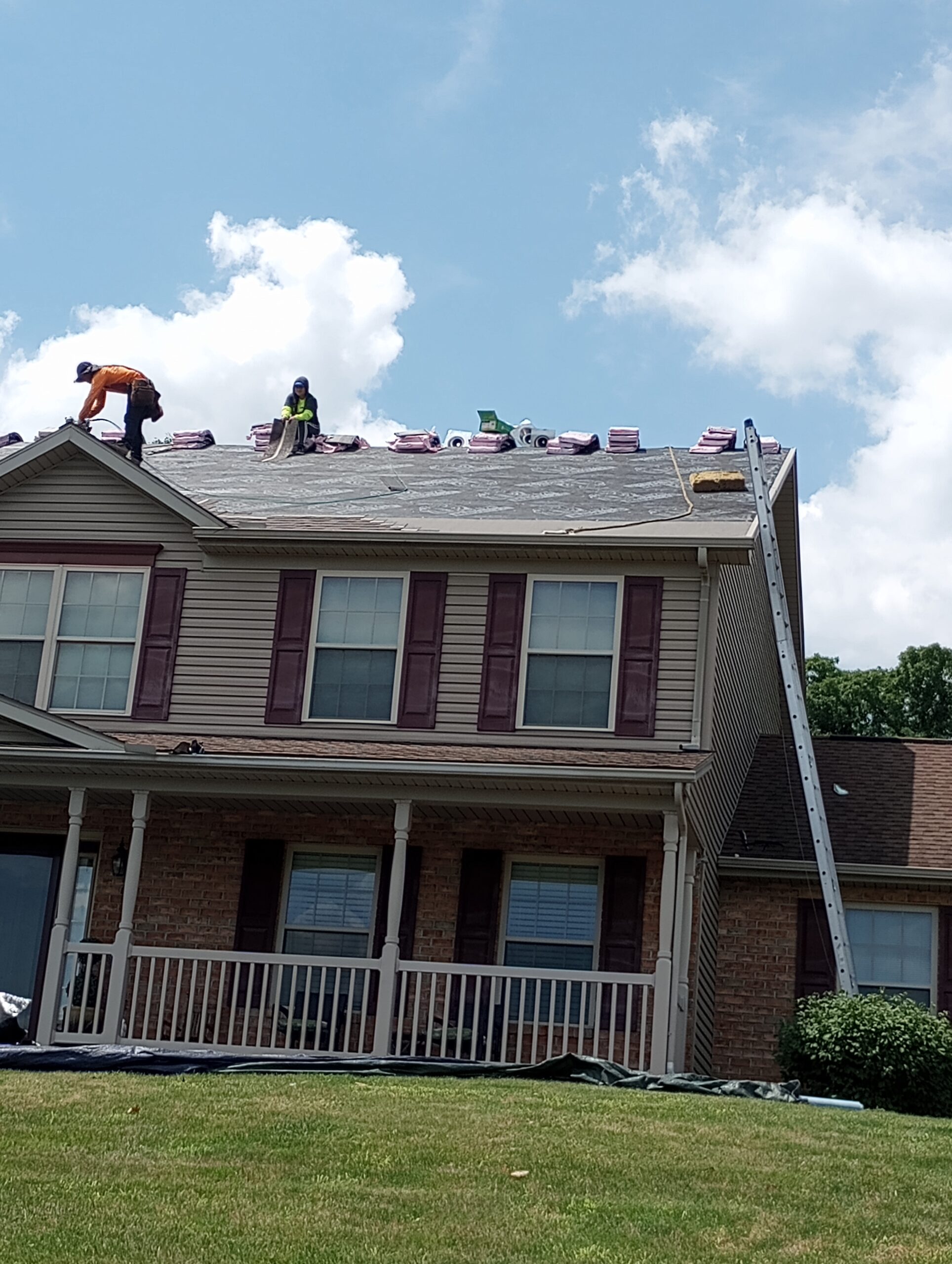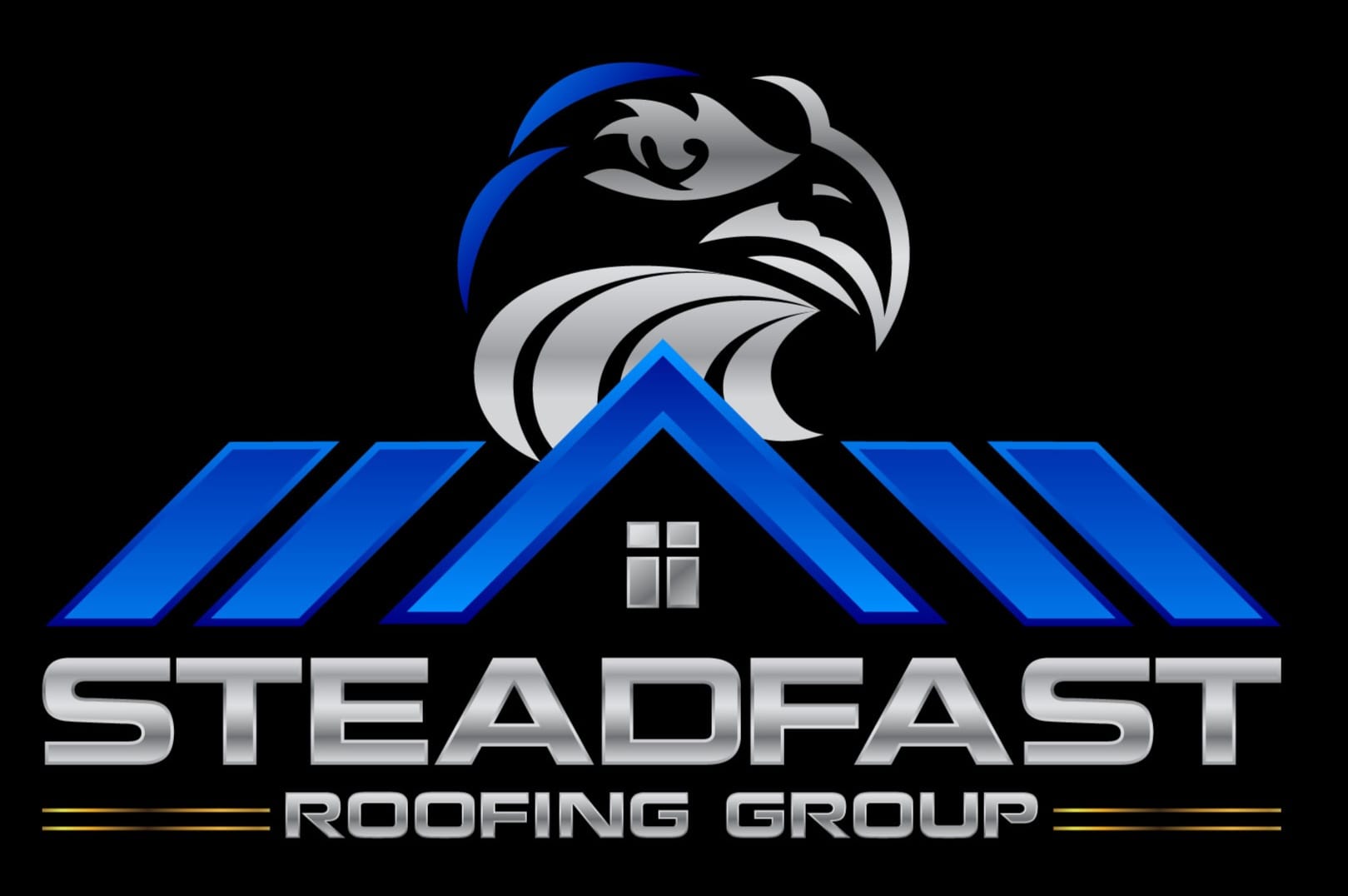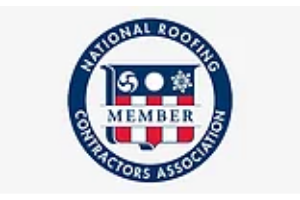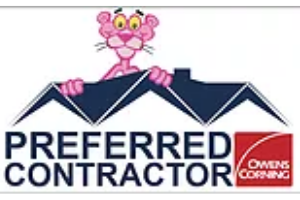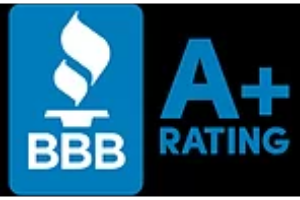Homeownership can come with the responsibility of proper maintenance and upkeep. Roofing is an important part of this, as it provides shelter from the elements and should be maintained regularly for optimal performance.
This article will provide an overview on the dos and don’ts of roofing maintenance for homeowners in order to ensure that their roofs are kept in good condition. In addition to covering general best practices for roof maintenance, this article also provides detailed tips on how to identify potential issues before they become major problems.
These guidelines can help homeowners save money by avoiding costly repairs or replacements due to neglectful care. With these helpful insights into roofing maintenance, readers can gain a better understanding of what needs to be done in order to keep their roofs in top shape.
Understanding Your Roof
Roofing maintenance is an important aspect of home ownership. It’s essential that homeowners understand their roof and the importance of preventive care to ensure weather protection for the structure.
A thorough inspection should be conducted annually in order to identify any potential issues before they become more costly repairs. It’s also recommended that if a homeowner observes missing, broken, or damaged shingles on their roof that they contact a professional right away to repair them as soon as possible.
Gutters should also be cleaned out at least twice a year to avoid clogs from debris such as leaves and twigs which can affect drainage capacity. If left unchecked, this can lead to water damage around windows, doors, siding, fascia boards and soffits – all of which could result in expensive repairs down the road.
Additionally, it is important to check your attic regularly for signs of moisture intrusion or pest infestations. Taking these steps will help you have peace of mind knowing your roof is properly maintained and protected from the elements.
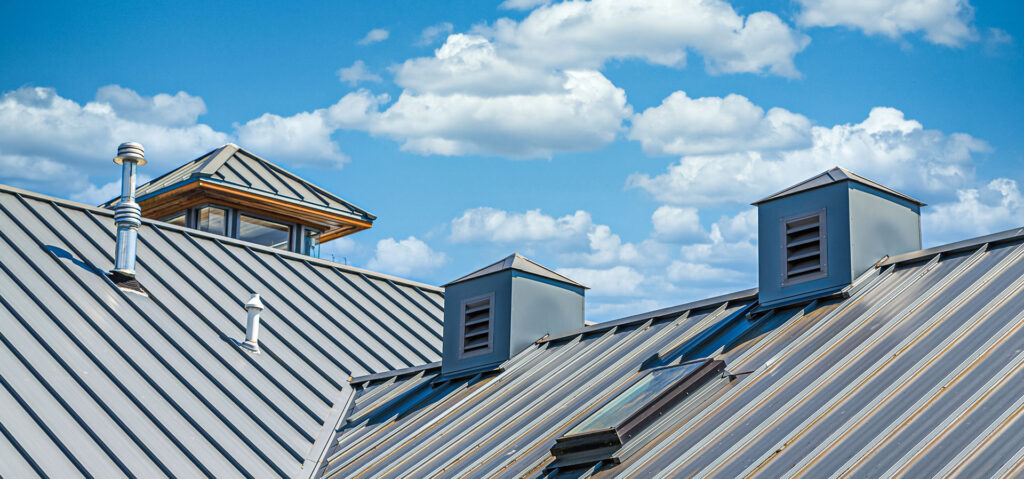
Regular Visual Inspections
It is important to visually inspect your roof regularly. While minor issues may be easily resolved, more serious problems can go unnoticed and become expensive repairs if left unchecked. Keeping an eye on the condition of your roof will help ensure that it remains in good repair for years to come.
Before inspecting your roof, you should check all weatherproofing around windows and doors leading out onto the roof. This includes ensuring that caulking and flashing are still intact, as these components protect against water infiltration and could result in costly damage if compromised. Additionally, any attic ventilation openings should also be checked for blockages or debris build-up which could inhibit air circulation within the space below the roof.
With these areas secure, a visual inspection of shingles, tiles or other materials used in the construction of your roof should follow. Look for any signs of wear such as cracking, curling or missing shingles; damaged flashing; rust spots; moss growth; etc., before they lead to major structural failure or interior water damage. Any issues spotted during routine inspections should be addressed immediately by a qualified professional who specializes in residential roofs. Taking action sooner rather than later ensures that small problems don’t turn into large ones down the line.
Cleaning And Removing Debris
The cleaning of a roof is an important part of regular maintenance, as it prevents moss and other unwanted growths from taking hold.
As the first step in any clean-up operation, homeowners should begin by removing leaves, twigs and other debris that can accumulate over time.
This material should be collected carefully with appropriate tools and disposed properly to avoid adding additional weight to the roof which could cause damage.
Homeowners must also take precautions when using cleaning materials on their roofs; certain chemicals may not be suitable for use on all types of roofing materials and therefore require careful consideration before application.
In addition, harsh weather conditions such as snow or hail storms can impact the protection offered by the roof and necessitate additional measures such as waterproof coating applications or replacement shingles to ensure adequate weather protection.
Consequently, it is essential that homeowners include cleaning and debris removal into their regular maintenance routine while also keeping an eye out for potential warning signs that indicate more serious repair work may need to be done.
Caulking And Sealing
Caulking and sealing are two important elements of roofing maintenance that should not be overlooked. Caulking prevents leaks by filling the gaps between materials, such as shingles or flashing, while sealants provide a longer lasting waterproof barrier to protect against water seepage.
Regular inspections should be conducted to ensure that caulk is still in good condition, as it can break down over time due to weather conditions. It is recommended to inspect caulked areas at least once per year for signs of deterioration or cracking. If any damage is found, immediate repair should occur using quality materials designed specifically for roofs.
Proper installation techniques must also be followed; this includes applying caulk on both sides of seams and joints when possible and ensuring proper drying times before exposing again to adverse environmental conditions. Additionally, always allow extra material around penetrations like vents and pipes so there is enough room for additional expansion from temperature changes.
By following these tips, homeowners can help maintain their roof’s integrity and longevity with minimal effort involved.
Spotting Early Warning Signs
After caulking and sealing, it is important to be able to spot the early warning signs of roofing issues.
Homeowners should regularly check for any cracks or damaged areas in shingles, tiles, flashing and other materials that make up a roof. This can help prevent leaks from occurring by catching them before they become serious problems.
Additionally, homeowners should store supplies such as caulk, sealants and patch kits properly when not in use so they are ready when needed. It is also beneficial to inspect the attic space below the roof periodically for water damage or discoloration which could indicate an issue with the roof above.
Being proactive about maintenance will ensure that roofs remain safe and secure for years to come.
It may also be necessary to hire professionals if extensive repairs are required due to age or significant wear-and-tear on a particular area of the roof. Even though this can seem like an additional expense, getting routine inspections done at least once every couple of years can save money in the long run by helping identify potential issues before expensive replacements need to be made.
Seeking out expert advice might just end up being one of best investments you ever make into protecting your home’s integrity.
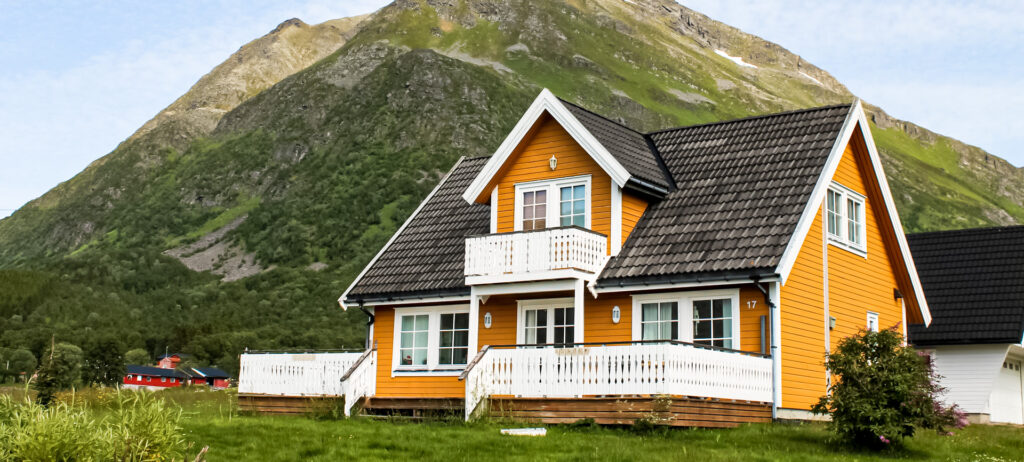
Repairing And Replacing Damaged Shingles
Roofing materials are a major factor in repairing and replacing damaged shingles. Homeowners should inspect their roof regularly for any signs of damage such as missing, curled, or cracked shingles, which can cause further problems if left unchecked.
If the roof is more than two decades old and has already been re-roofed once before, it may be time to consider complete re-roofing with new materials.
The type of material used for shingles is key when deciding whether to repair or replace them. Asphalt shingle roofs are popular among homebuilders due to its affordability compared to other types of roofing materials like metal, tile, slate, etc., but they require frequent maintenance and repairs.
Metal roofs offer greater durability and longevity than asphalt shingles and have become increasingly popular over recent years, but come at a much higher cost. Ultimately, homeowners must weigh the costs and benefits of each type of material carefully before making a decision on how best to repair their roof’s damaged shingles.
Hiring Professional Roofers
When repairing and replacing damaged shingles, homeowners should keep in mind that there is a potential of needing to hire professional roofers. Professional roofers are knowledgeable and experienced at what they do, which can lead to better results than attempting the job by oneself.
In addition to having a greater level of expertise, hiring professionals may also help with budgeting costs since they will typically provide an estimate before performing any work. It’s important to note that some insurance companies may require the use of certified contractors when making repairs or replacements, so it is always advisable to check with one’s homeowner’s insurance policy beforehand.
It is essential for homeowners to research local contractors thoroughly before deciding on who to hire. Questions such as whether their license and certifications are up-to-date and if they have experience working on similar projects should be asked prior to signing any contracts.
Homeowners should also inquire about warranties for materials and labor, payment plans, emergency services, etc., in order to ensure that all bases are covered before starting any project. Doing thorough due diligence ahead of time can save homeowners from unforeseen problems down the line.
